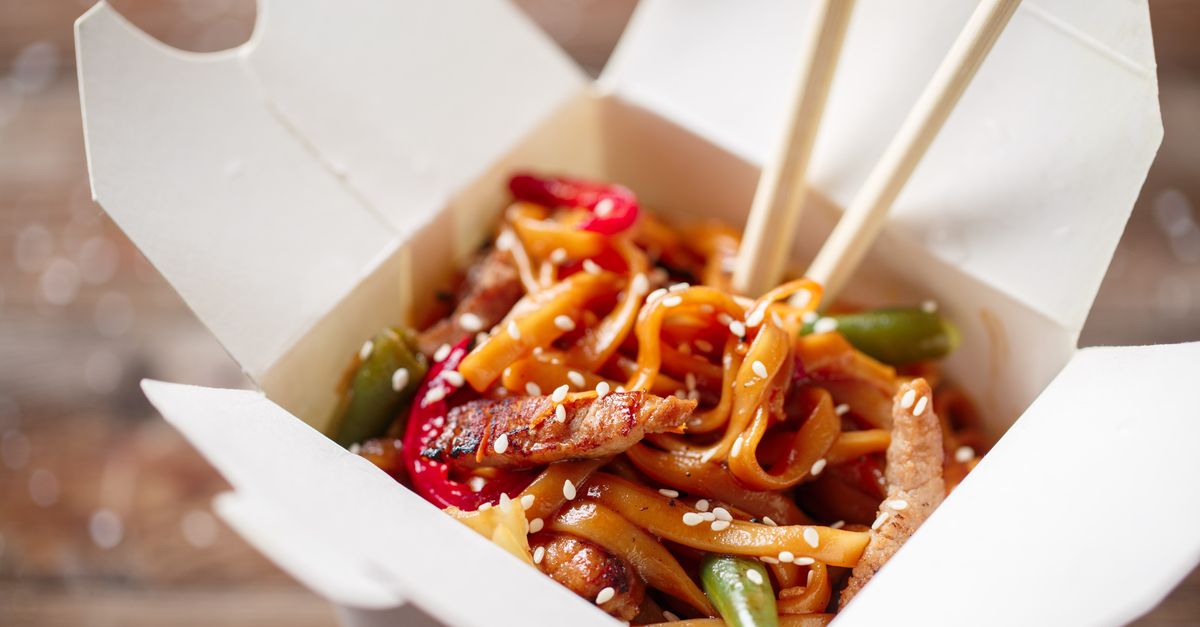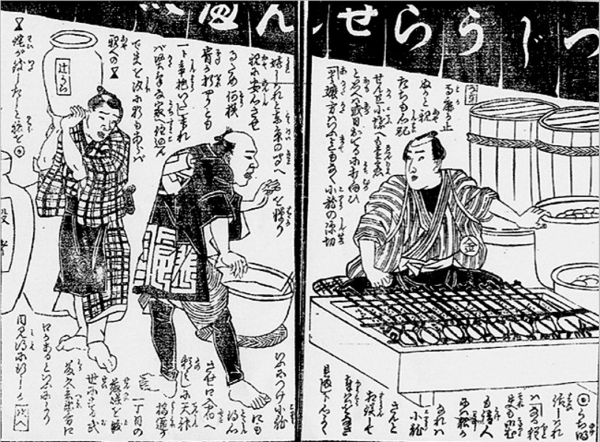Just how popular is Chinese food in the United States?
For starters, you'd be hard-pressed to find a decent-sized city anywhere in the country without at least one Chinese eatery to its name. In fact, the Chinese American Restaurant Association says there are three times more Chinese restaurants than McDonald's restaurants nationwide.
And even in this incredible new age of door-to-door restaurant food delivery when virtually any edible you crave can be summoned to your threshold, Chinese food remains the second most frequently ordered food item for delivery in the United States, Eater.com reports.
We celebrate this as-American-as-apple-pie cuisine with seven facts worth knowing about Chinese restaurants in the United States of America:
1. What's the busiest day of the year for most Chinese restaurants?
If you guessed Christmas, you're correct. Once upon a time, the main reason for this was that Chinese eateries were by and large the only ones open on Christmas day. But even though people in most parts of the United States now have many more options if they want to dine out or order in on Christmas, for many American families it has become a tradition to seek out Chinese food on the holiday (as can be seen in the Google search results for "Chinese food" between 24 December and 31 December every year).
Jewish Americans, particularly those who lived in New York, were way ahead of the curve on this trend. According to a December 2014 article in the Atlantic, it was not only the fact that Chinese restaurants were among the few to remain open on Christmas around the turn of the last century, but also the fact that the Jews and the Chinese were the two largest non-Christian immigrant groups at the time, and shared an affinity for that reason. Also, Chinese food, which for the most part excludes dairy products, was seen by some as an acceptable substitute for kosher food. Judging from recent statistics (for example, the food delivery service GrubHub says the volume of Chinese food orders jumps 153 percent on 25 December), non-Christians aren't the only ones indulging their wonton cravings on Christmas nowadays.
2. Why are there so many Chinese restaurants in the United States?
One of the unintended consequences of the prejudice-fueled Chinese Exclusion Act of 1882 was an influx of Chinese restaurateurs. Despite imposing a 10-year moratorium on the immigration of Chinese laborers, the law made an exception for certain business owners who were allowed to enter the United States with "merchant status" and sponsor the entry of relatives. After restaurant owners were granted this special immigration status in 1915, the number of Chinese restaurants in the U.S. exploded, according to NYU Shanghai historian Heather R. Lee. Entrepreneurs pooled their resources to open new restaurants and rotated management to provide positions for as many newcomers as possible.
The annual sales of Chinese restaurants doubled between 1920 and 1930, Lee says, and so-called "chop-suey palaces" surpassed laundries as the main employers of Chinese workers. By the time the Chinese Exclusion Act was finally repealed in 1943, Chinese food had not only gained acceptance in America but was on its way to becoming one of the country's most beloved cuisines.
3. Where was the first Chinese restaurant opened in the United States?
Canton Restaurant, the first Chinese restaurant on American soil, opened its doors in San Francisco in 1849. Chinese people were among the thousands who immigrated to northern California during the Gold Rush of 1848-1849, and also among San Francisco's earliest entrepreneurs, according to Haiming Liu, an Asian studies professor and author of From Canton Restaurant to Panda Express: A History of Chinese Food in the United States. Named for the southern province from which most of those early settlers came (Guangdong, formerly anglicized as Canton), Canton Restaurant wasn't the only Chinese eatery launched in San Francisco that year but it was undoubtedly the largest, with seating for 300 people.
4. How old is the oldest continuously operating Chinese restaurant in America?
The Pekin Noodle Parlor in Butte, Montana celebrated its 100th birthday in 2011. It is still offering its "classic" Chinese-American menu featuring everything from steak to chop suey at its original 1911 location on Main Street in downtown Butte. The region's then-booming Chinese population began migrating to Montana during the mid-to-late 1800s as mine and railroad workers. Legend has it that the restaurant was once a brothel and opium den in addition to serving food, and although the building stands near a former red light district and did house a saloon early in its storied history, that is not the case. One of the most distinctive features of the noodle parlor's decor is its 17 private, curtained booths, which surely exacerbated the lurid rumors.
5. Was chop suey invented in America?
Not exactly. Despite an assortment of longstanding urban legends (including one holding that the name of the dish is a mispronunciation of "chopped sewage" and was invented by a Chinese-American cook who was one day inspired to serve garbage mixed with broth to his customers), food scholars today think the mixed vegetable dish listed as "chop suey" on U.S. Chinese restaurant menus is either an Americanized version of, or at least inspired by, similar dishes long served in parts China (see our article, "Chop Suey Origins").
6. Were fortune cookies invented in China?
According to the New York Times, roughly 3 billion fortune cookies are produced each year, mainly in the United States, and served in Chinese restaurants in countries all over the world with one notable exception: China. The best available research suggests that the fortune cookie was invented neither in China, nor in the United States, but in Japan! Among the earliest known references to a confection resembling the fortune cookie of today is in an 1878 book published in Japan featuring an illustration of a bakery apprentice grilling wafers called "tsujiura senbei" ("fortune crackers"):
According to food folklorist Yasuko Nakamachi, the 1878 reference predates the claims of both Chinese and Japanese immigrants to the U.S. who have claimed they invented the cookies in the 1920s, although it does appear they were first given out in Japanese-owned Chinese restaurants in California around that time.
7. What's the origin of the Chinese food takeout box design?
Patented in 1894 by American inventor Frederick Weeks Wilcox, the "paper pail," as it was originally called, was a leak-resistant container fashioned from a single sheet of paper folded into a box with a wire handle attached. Wilcox conceived it as an improvement on the oyster pail, which up until then was made of wood and used solely for the purpose its name implies.
Since Chinese restaurants were among the first to offer food takeout and delivery services in the United States, the pails were an obvious choice for transporting the meals, and were in common usage by the mid-twentieth century. Later additions to the design included a plastic inner coating and, beginning in 1970, the familiar imprint of a Chinese pagoda on the side of the box. According to Fold-Pak, the main U.S. manufacturer of takeout food containers, the product is neither sold nor used in China.

